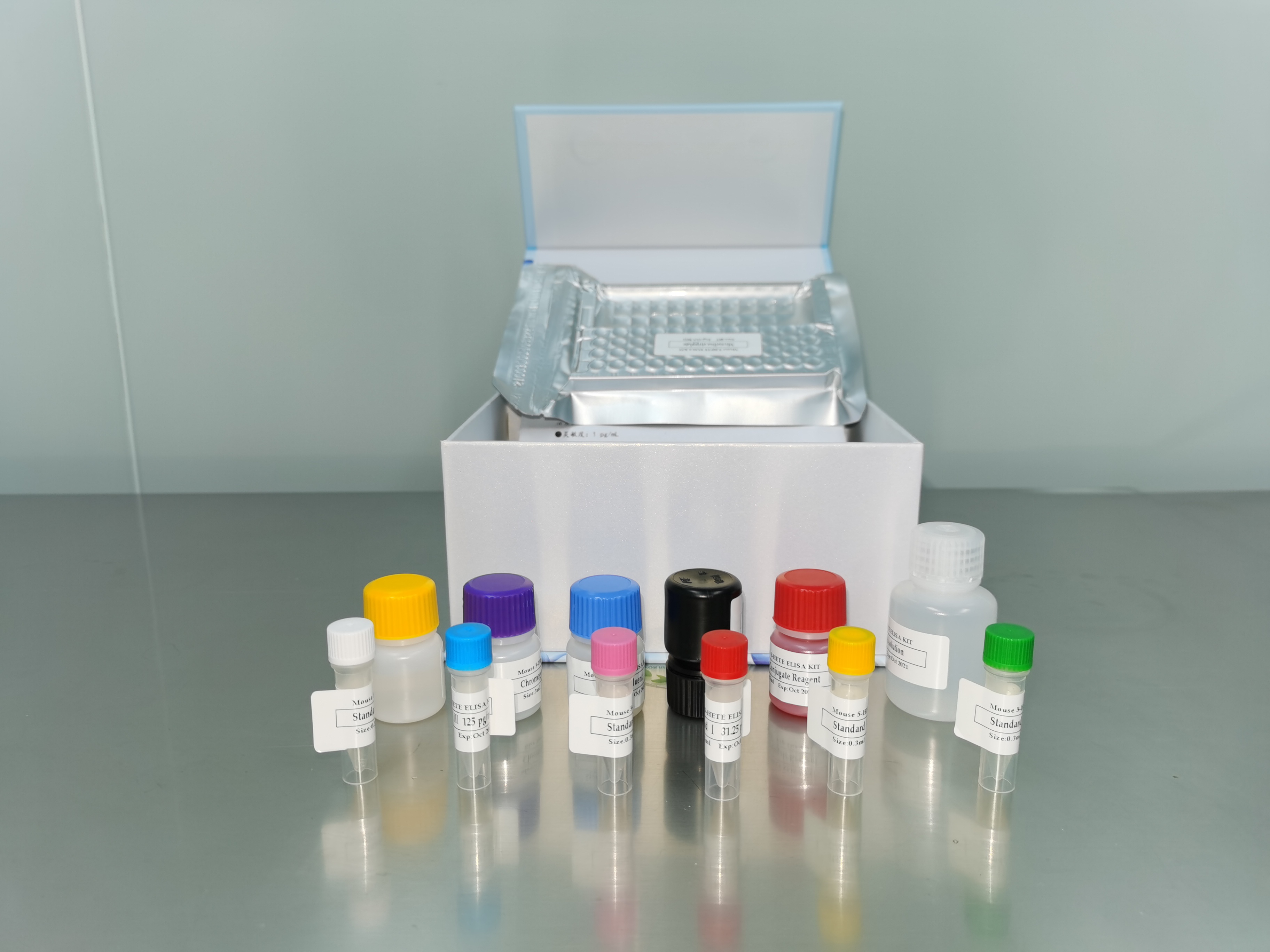| 产品名称: | Primary Bladder Fibroblast Cells; Normal, Human | |||||||||||
|---|---|---|---|---|---|---|---|---|---|---|---|---|
| 商品货号: | TS141258 | |||||||||||
| Organism: | Homo sapiens, human | |||||||||||
| Tissue: | Bladder | |||||||||||
| Cell Type: | Fibroblast | |||||||||||
| Morphology: | spindle-shaped; elongated | |||||||||||
| Growth Properties: | adherent | |||||||||||
| Biosafety Level: | 1 These primary cells are not known to harbor an agent recognized to cause disease in healthy adult humans. Handle as a potentially biohazardous material under at least Biosafety Level 1 containment. Cells derived from primate lymphoid tissue may fall under the regulations of 29 CFR 1910.1030 Bloodborne Pathogens.xa0
ATCC recommends that appropriate safety procedures be used when handling all primary cells and cell lines, especially those derived from human or other primate material. Detailed discussions of laboratory safety procedures are provided in Laboratory Safety: Principles and Practice, 2nd ed. (ASM Press, Washington, DC) (Fleming et al., 1995) and Caputo, J.L. Biosafety procedures in cell culture. (1988) J. Tissue Culture Methods 11:223. Appropriate safety procedures should always be used with this material. Laboratory safety is discussed in the following publication: Biosafety in Microbiological and Biomedical Laboratories, 5th ed. HHS Publication No. (CDC) 93-8395. U.S. Department of Health and Human Services, Centers for Disease Control and Prevention. Washington DC: U.S. Government Printing Office; 2007. The entire text is available online at http://www.cdc.gov/biosafety/publications/bmbl5/index.htm.xa0 Human Material Precautionxa0 All tissues used for isolation are obtained under informed consent and conform to HIPAA standards to protect the privacy of the donor’s personal health information. It is best to use caution when handling any human cells. We recommend that all human cells be accorded the same level of biosafety consideration as cells known to carry HIV. With infectious virus assays or viral antigen assays, even a negative test result may leave open the possible existence of a latent viral genome. Biosafety classification is based on U.S. Public Health Service Guidelines, it is the responsibility of the customer to ensure that their facilities comply with biosafety regulations for their own country. |
|||||||||||
| Disease: | Normal | |||||||||||
| Age: | Lot-specific | |||||||||||
| Gender: | Lot-specific | |||||||||||
| Ethnicity: | Lot-specific | |||||||||||
| Applications: | An ideal culture model for the study or development of a potential diagnostic method for the early detection of bladder cancer cells, reconstruction studies, and advancement of cancer research. | |||||||||||
| Product Format: | frozen 1.0 mL | |||||||||||
| Storage Conditions: | -130ºC or below | |||||||||||
| Comments: | HBFC are cryopreserved at P2 and marketed as secondary cells (cells have been isolated, plated, and expanded in culture vessels twice prior to cryopreservation) to ensure the highest viability and proliferation efficiency. These cells, when transiently transfected using TransfeX Transfection Reagentxa0 (ATCC® ACS-4005™), express high levels of GFP. |
|||||||||||
| Complete Growth Medium: |
xa0Table 1. If using the Fibroblast Growth Kit-Low Serum, add the indicated volume for each of the following components
|


